6 Blissful Ways to Celebrate National Relaxation Day for Ultimate Peace and Calm
National Relaxation Day is an opportunity for people to pause and focus on self-care. It encourages taking a break from daily stress to recharge both the mind and body. The day serves as a reminder that rest and relaxation are important for overall well-being.
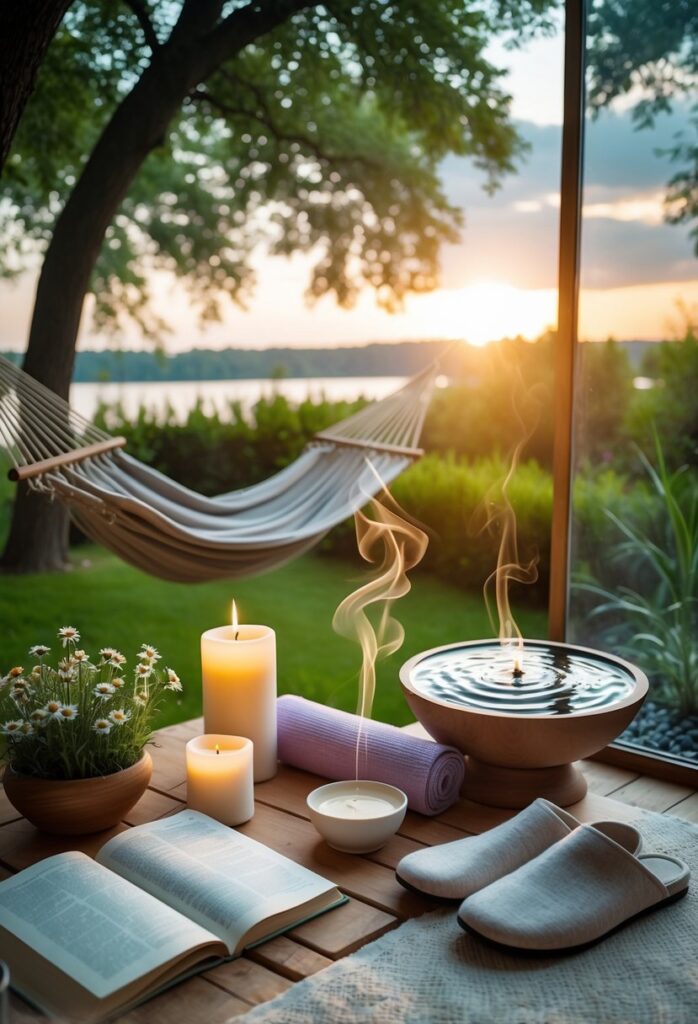
Many people seek ways to unwind and reduce tension during this day. The following ideas offer simple and effective ways to enjoy moments of peace and calm. These options help make relaxation a meaningful part of daily life.
1) Practice guided meditation for mental clarity and stress relief
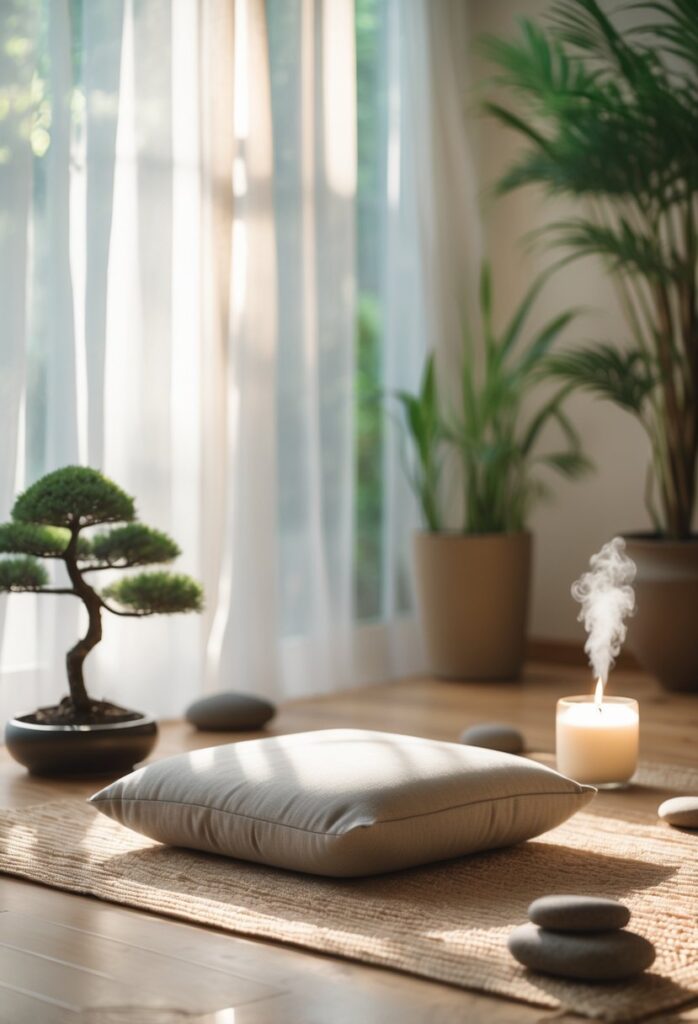
Guided meditation helps calm the mind and reduce stress by focusing on breathing and gentle guidance. It can improve mental clarity and promote relaxation. Even a short session can reset the nervous system and ease tension in both body and mind.
2) Enjoy a calming yoga session focused on deep breathing
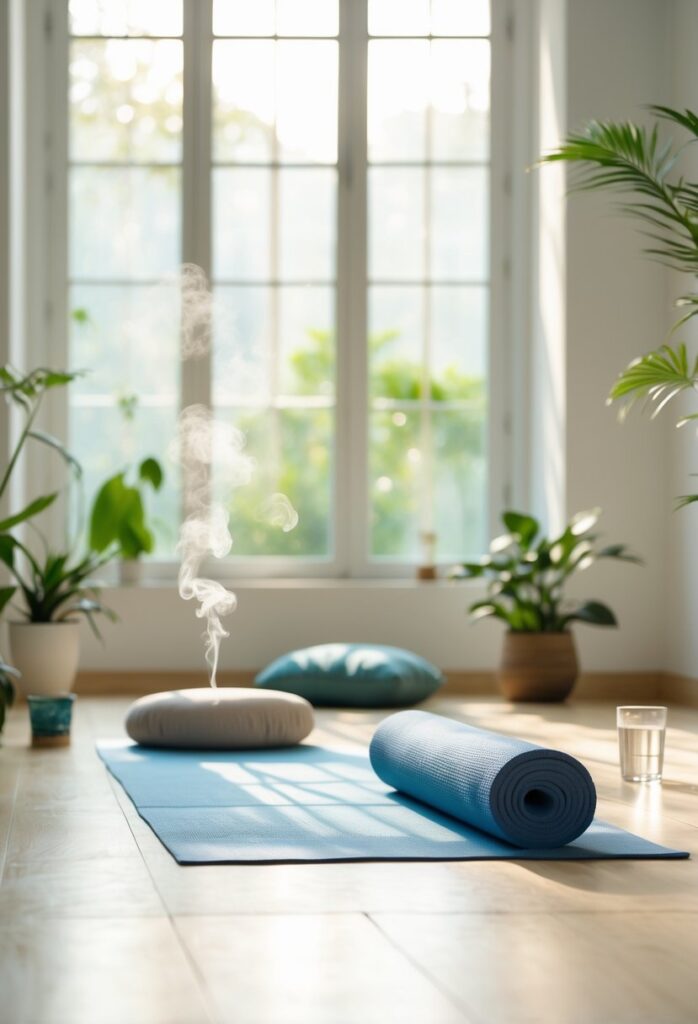
They can start with simple yoga poses that encourage slow, full breaths. Deep breathing helps activate the body’s relaxation response. Holding poses like Child’s Pose while focusing on breathing calms the mind and reduces tension. This practice supports stress relief and improves mental clarity during National Relaxation Day.
3) Take a mid-afternoon nap to recharge your energy
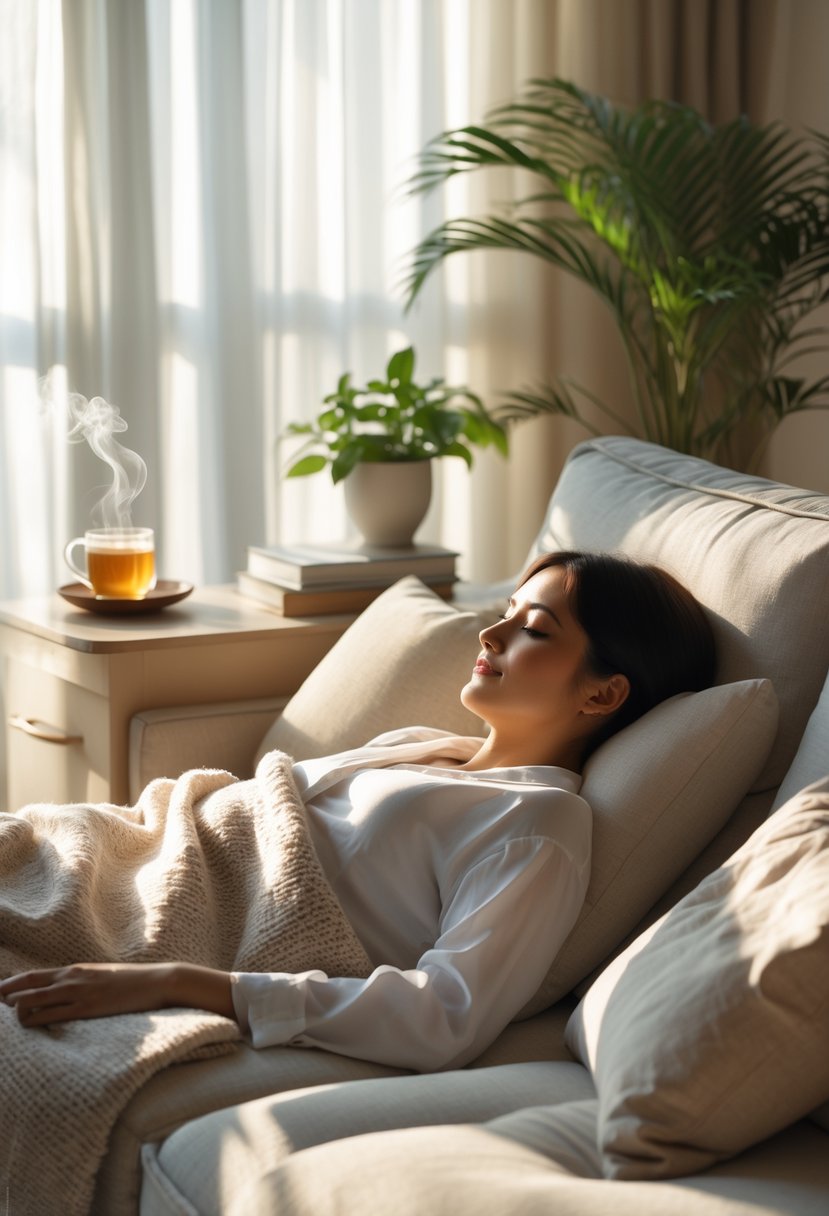
A short nap in the afternoon can help restore energy and improve focus. Experts recommend keeping naps under 30 minutes to avoid feeling groggy afterward.
This power nap can clear the mind and boost alertness, making it easier to get through the rest of the day.
4) Create a DIY home spa day with essential oils and facemasks
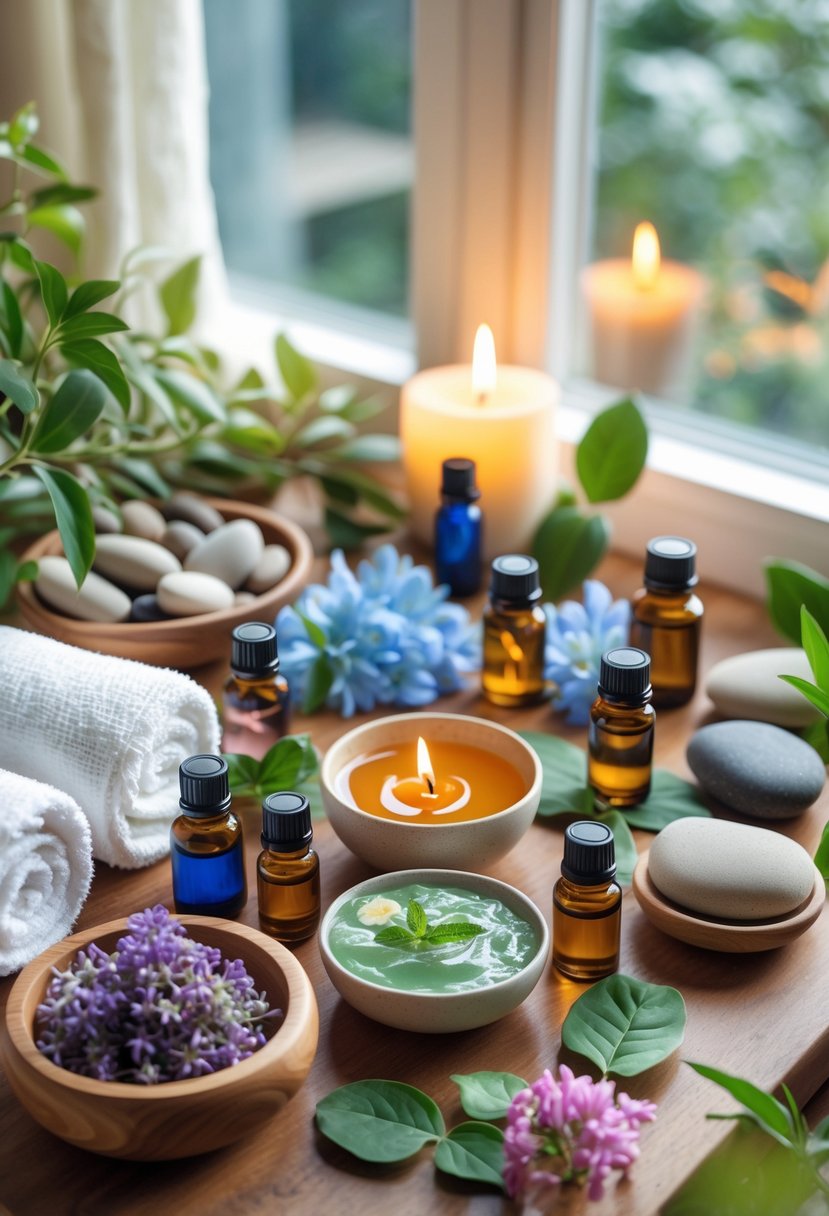
They can use essential oils like lavender or chamomile to create a calming atmosphere. Diffusing these oils or adding them to a bath helps reduce stress.
Applying a simple homemade facemask made from natural ingredients can nourish the skin. Combining these with a warm towel and quiet time makes the experience more soothing.
5) Spend time walking in nature to rejuvenate your mind
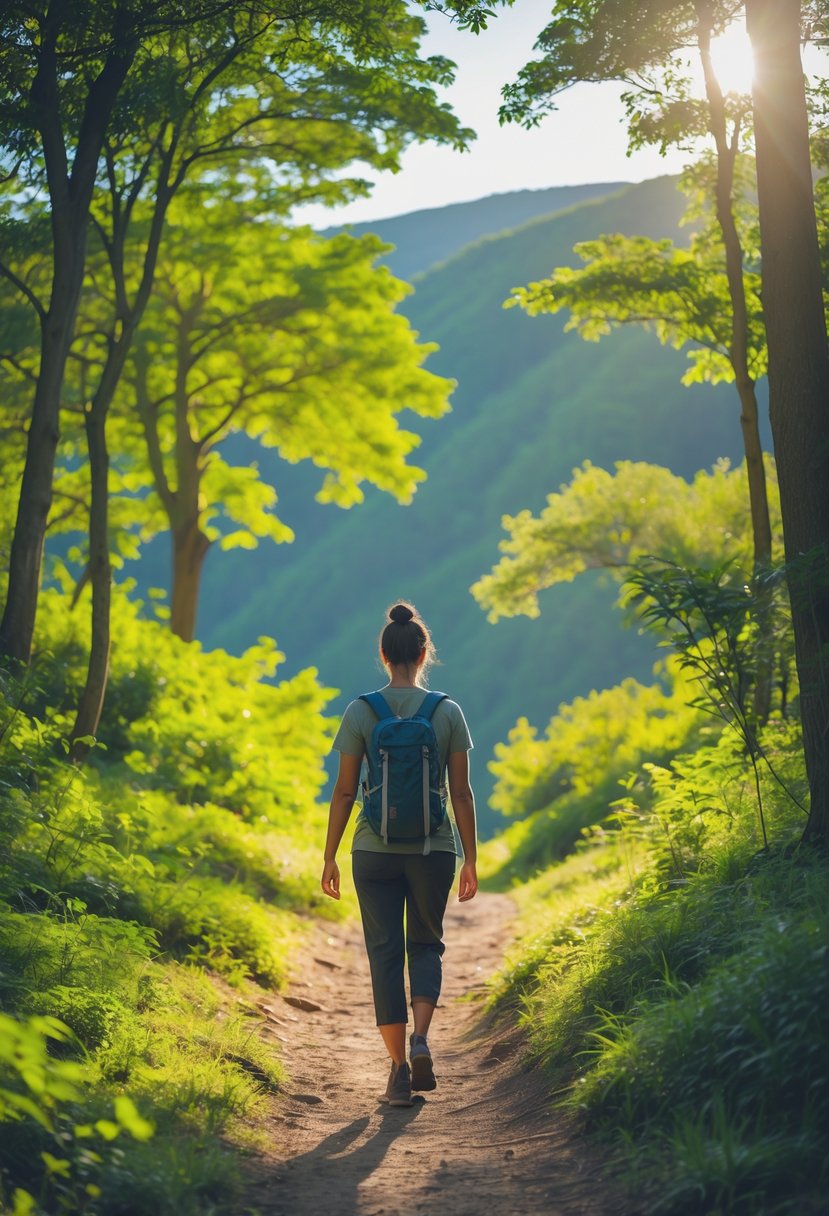
Walking in nature helps calm the mind and body. It can reduce stress and clear mental clutter.
Being outdoors allows one to slow down and focus on the present moment. This simple activity supports both mental and emotional well-being.
6) Write a gratitude journal entry to boost positivity
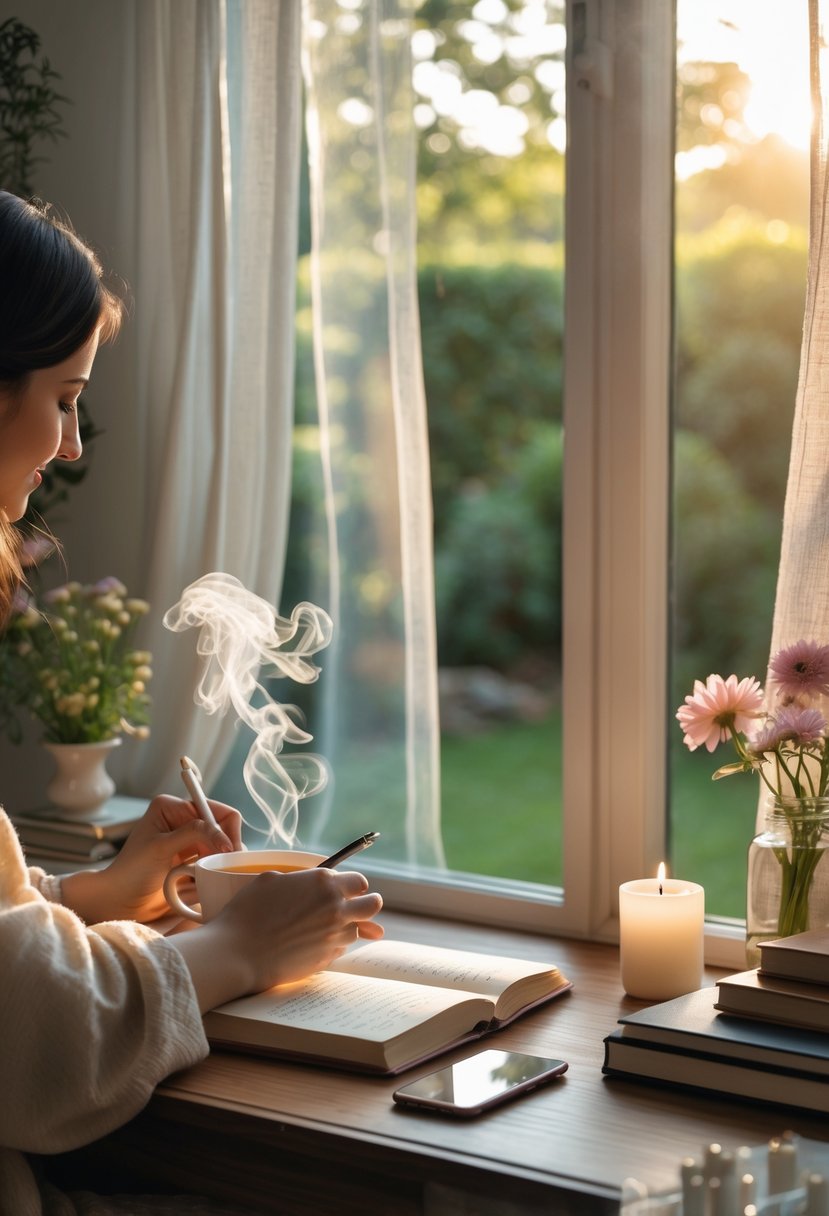
Writing a gratitude journal helps people focus on the good parts of their day. It encourages noticing small things that bring joy or calm. This practice can support mental well-being and reduce stress.
By regularly listing things they are thankful for, they may feel more positive. It is a simple way to promote relaxation and improve mood.
The Science of Relaxation
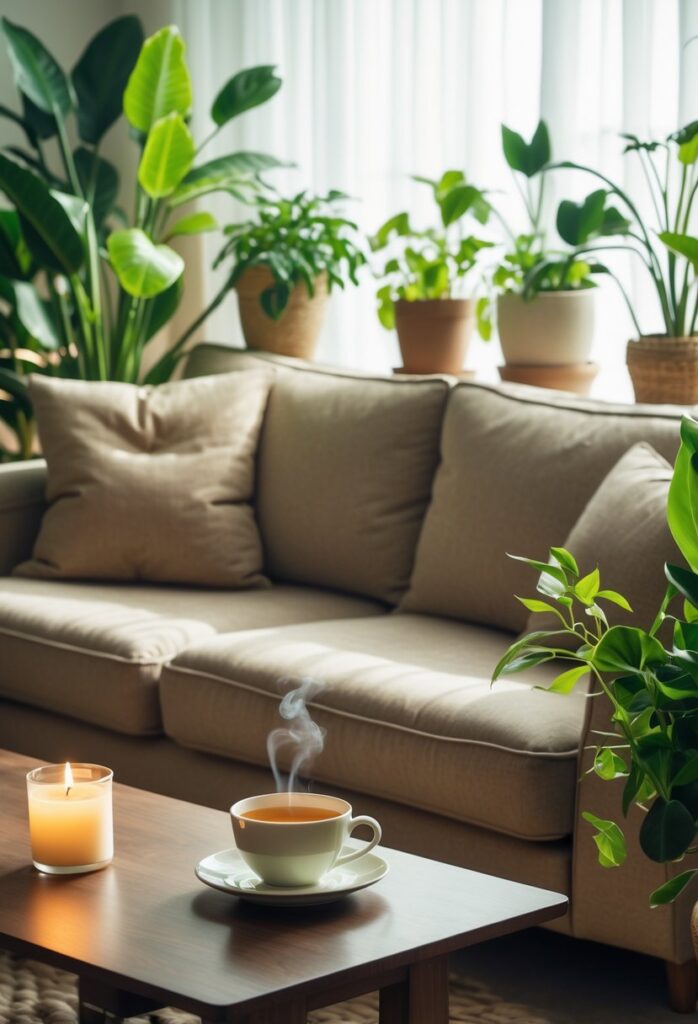
Relaxation affects both the body and mind in important ways. It helps the brain and muscles recover and lowers signs of tension. Understanding these effects shows why taking breaks matters.
Health Benefits of Proper Rest
Rest allows the body to repair cells and recharge energy. It supports the immune system, making it easier to fight off illness. Proper rest also improves memory and focus, helping people perform better in daily tasks.
Scientific studies show that getting enough downtime reduces the risk of heart disease and lowers blood pressure. Quality rest releases hormones that ease pain and stress. People who relax regularly often feel more balanced and have better moods.
How Stress Impacts Daily Life
Stress triggers the body’s “fight or flight” response, increasing heart rate and muscle tension. When stress lasts too long, it can harm both physical and mental health.
High stress levels often lead to headaches, fatigue, and sleep problems. It can also weaken the immune system, making people more likely to get sick. Emotionally, stress may cause anxiety, irritability, or difficulty concentrating.
Managing stress through relaxation techniques can help lower these risks. It allows the body to return to a calm state and improves overall well-being.
Creating a Relaxing Environment
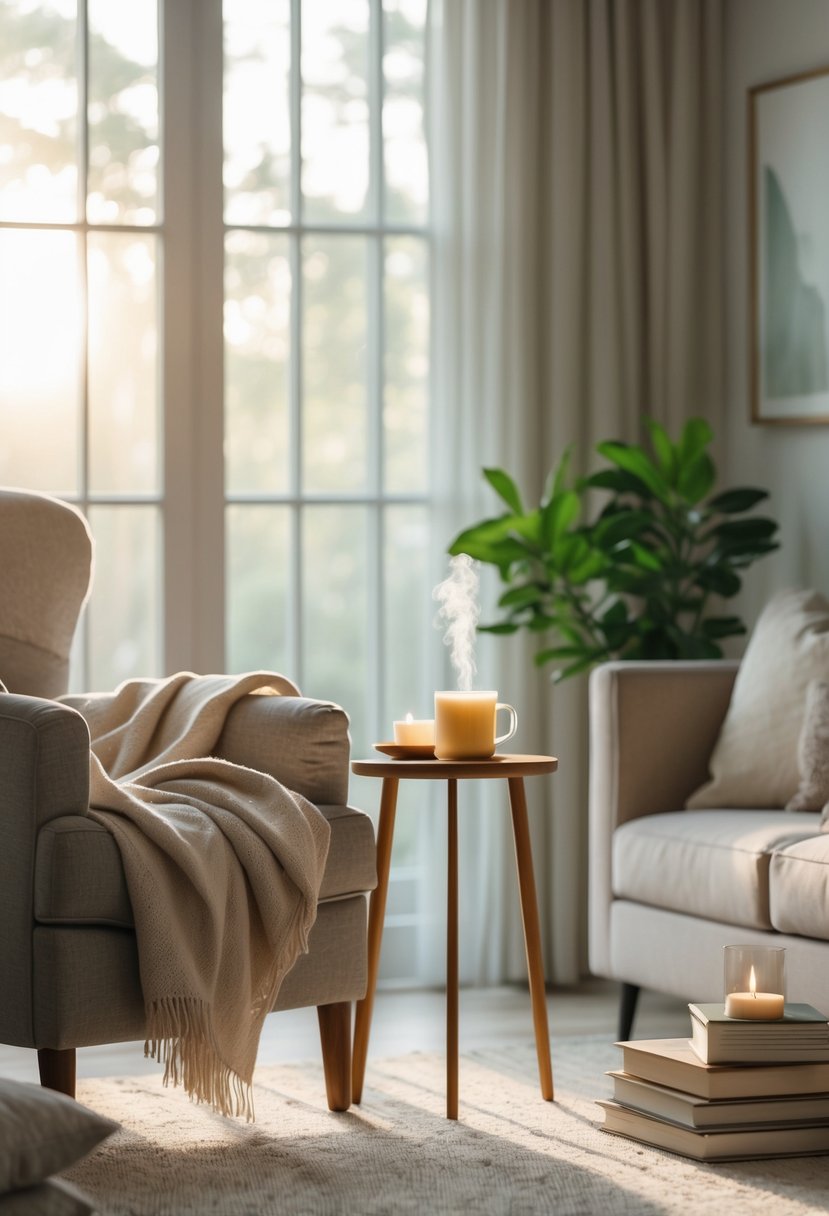
A calm space helps people unwind and feel peaceful. Choosing the right colors and lighting, along with bringing in elements from nature, can greatly improve comfort and reduce stress.
Calming Colors and Lighting
Soft, neutral colors like light blues, greens, and beige help create a sense of calm. These tones are easy on the eyes and make a room feel more open and inviting.
Warm lighting, such as lamps or string lights with a yellow or soft white glow, reduces harsh shadows. Bright, cool lights can increase alertness, so dimmable lights or candles work better for relaxation.
Avoid clutter and keep the space clean. This allows natural light to flow freely and keeps the area feeling open, which supports mental calmness.
Incorporating Nature Indoors
Adding plants or flowers indoors offers a direct connection to nature, which can help lower stress. Easy-care plants like succulents or spider plants are good choices for any skill level.
Natural materials such as wood, stone, or woven fabrics can also enhance a sense of peace. These textures remind people of outdoor spaces, making the room feel less artificial.
Position seating near windows to bring in fresh air and outdoor views whenever possible. This creates a small retreat inside the home that encourages relaxation.
Frequently Asked Questions
Relaxation involves both mental and physical calming techniques. Creating a peaceful space, enjoying gentle activities, and choosing the right foods can all help improve well-being. Group activities and technology also play a role in enhancing the relaxation experience.
What are some effective relaxation techniques to try on National Relaxation Day?
Guided meditation helps clear the mind and reduce stress. Yoga with deep breathing promotes calm and physical ease. Taking a short nap in the afternoon can restore energy levels effectively.
How can one create a serene home environment suitable for celebrating National Relaxation Day?
Dim the lights and use soft, warm colors to set a calm mood. Incorporate scents from essential oils or gentle candles for a spa-like feel. Keep clutter minimal to avoid distractions and promote peace.
What are the best outdoor activities for achieving relaxation on National Relaxation Day?
Walking in natural settings like parks or trails refreshes both the mind and body. Sitting by water bodies or gardening can also bring a strong sense of calm. Outdoor time allows fresh air and natural sounds to aid in relaxation.
Can you suggest any group activities that promote relaxation and well-being?
Gentle group yoga or guided meditation sessions encourage shared peace and focus. Hosting a DIY spa day with simple treatments like facemasks can also strengthen bonds while relaxing. Quiet group walks in nature provide fresh air and connection.
Which foods and beverages are recommended to enhance relaxation on this day?
Herbal teas such as chamomile or lavender help soothe the mind. Light, healthy snacks like nuts, fruits, or yogurt can support steady energy without causing discomfort. Avoid heavy or caffeine-rich foods that may disturb calmness.
How can technology be used to enhance relaxation during National Relaxation Day celebrations?
Apps offering guided meditation or gentle music can support focus and reduce tension. Using smart diffusers to release calming essential oils adds to the atmosphere. Limiting screen time and avoiding stressful content helps maintain a relaxed mindset.






